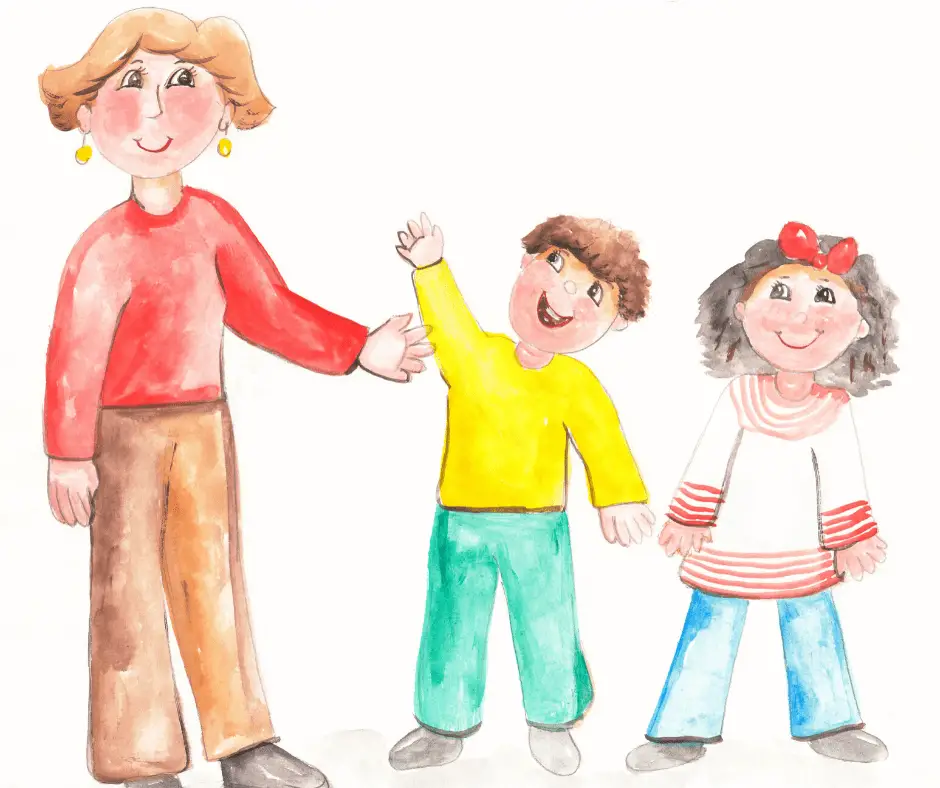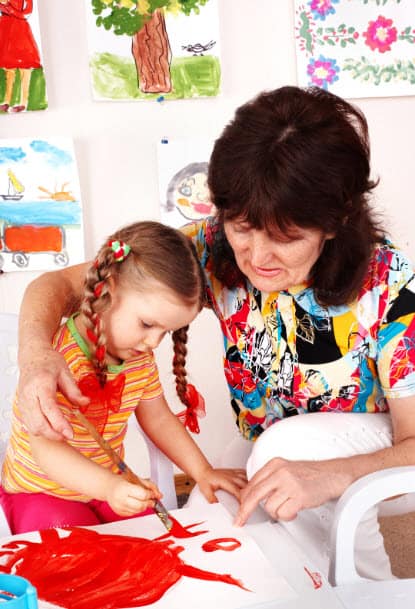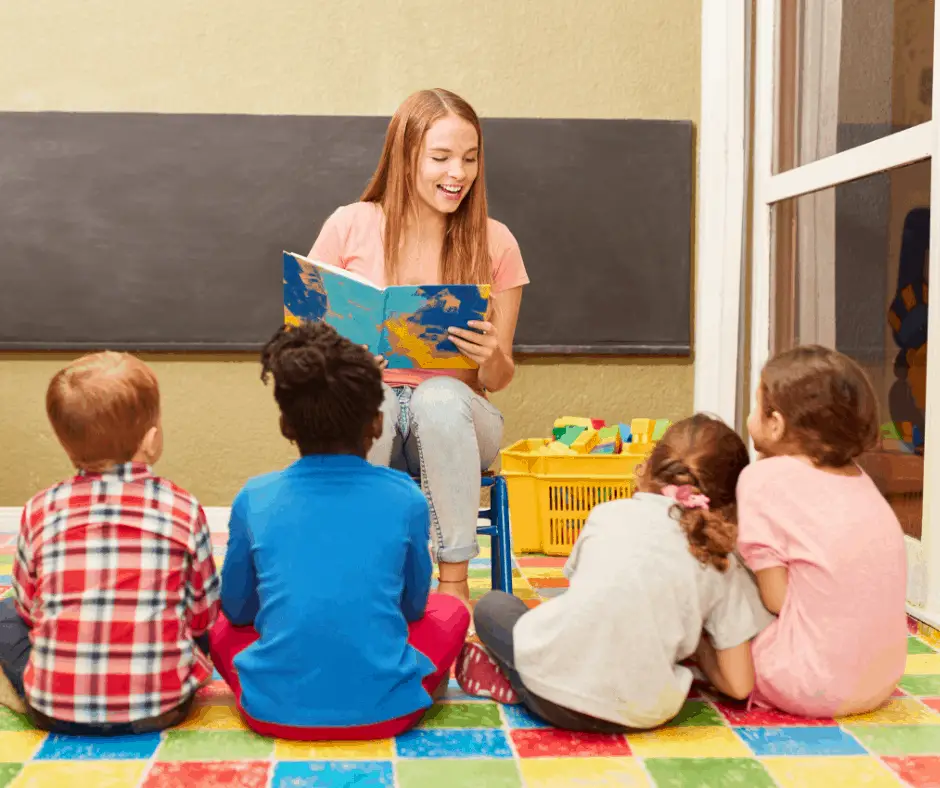There are many different positions for Early Childhood Professionals and while there are similarities, some have very different expectations. If you are planning on going into this field, you need to know the difference between the varying positions.
What Is The Job Description Of An Early Childhood Professional? The role of an early childhood professional is to facilitate the learning of children in an educational institution ages infancy to 8 years. This includes creating lesson plans, monitoring, encouraging and engaging children, leading daily activities and assessing in class and homework assignments.
While there are similarities between different types of early childhood jobs, it is important to know the difference and if you have the personality attributes that are suited to the role. Childcare settings and schools are very different teaching environments and jobs, but both are considered early childhood professionals. Some setting and positions require University degrees and others don’t so for more clarification, see our qualifications needed for early childhood jobs page.

Regardless of the workplace, there are commonalities in job descriptions that span across all types of early childhood jobs.
| General Duties | • Confidentiality and privacy for staff, parents, and children’s personal information • The ability to use basic technology • Keep up to date with the latest developments in the early childhood industry • Ensure compliance with local and federal child protection policies |
| Children | • Create a safe, supportive, stimulating and educational environment for the children. • Form comforting and nurturing relationships with children in your care • Ensure adequate supervision of children at all times • Assist with the implementation of daily routines • To be aware of children’s additional needs/requirements – diet/allergies etc • Ensure a high standard of hygiene in compliance with procedures and policies • Administer first aid or medication in compliance with procedures and policies • Ensuring a clean and health environment for children (which may entail cleaning equipment and surroundings |
| Staff | • Respect and support colleagues • Develop good communication to ensure programs run smoothly. • Contribute toward a healthy team environment • Attend and contribute to functions, staff meetings, and other meetings as required • Ensure that equipment is respected and maintained to an optimal level of safety |
| Families | • Develop positive relationships with families. • Share information with the family relating to their child • Act as a resource person for families. • Encourage families to participate in appropriate experiences at the facility |
| Child Protection | • Comply with child protection policies • Ensure compliance as a mandatory reporter in response to child abuse |
Types of Workplaces
There are 4 main types of workplaces for early childhood professionals. Although they all care for children ranging from infants to children who are 7 – 8 years old, they are quite different and job descriptions in each can vary.
Childcare Settings
Childcare settings cater for the largest range in ages of children. They cater for infants (usually from 6 weeks of age) right through to children until they attend formal schools. There are group leaders in each age group and assistants. Some centers also have additional floaters who may be required to work across all age groups. These are usually part time positions.
Childcare facilities are usually divided up into the following age groups (but may vary slightly center to center depending on the number of children:
- Babies
- Toddler
- Pre-Kinder
- Kindergarten

Larger centers may even be broken up into smaller age ranges:
- Babies
- Toddlers
- Twos
- Early Pre-school
- Preschool
- Pre-K
- Junior Kindergarten
- School age
Location makes a difference as to what age groups are called. For instance in some countries or even states within the same country, Kindergarten is 3 – 4 years and Preschool is 4 – 5 years and in other states or countries it is reversed with Preschool being 3 – 4 years and Kindergarten being the year before they enter formal schooling.
Kindergartens
Some countries or states have stand alone Kindergartens where they only teach one or two age groups. These facilities usually have both 3 – 4 and 4 – 5 year old age groups and alternate days.
For example the 4 – 5 year olds might be Mon, Wed and Fri with the 3 – 4 year olds being Tues and Thursday. Every center does things differently but Kindergartens usually follow a national program with guidelines dictating the outcomes.
Preschools
Preschools (or sometimes called Kindergartens in those states or countries that switch up the names) are usually attached to state and private schools. These are usually housed in separate facilities on, or very near, the school grounds. Children wear uniforms (in countries and states where they are required to) as opposed to privately run Kindy/Preschool programs where they don’t.
Being attached to a school sometimes means greater funding and access to resources like a school pool for swimming and ovals and play equipment.
Schools
Certain grades within the school system are classed as early childhood. Teachers of these grades need an early childhood degree and are specialised in their area of expertise.
Schools can either be public or private and may have different selection criteria depending on their status.

How Do You Know If This Profession Is Right For You?
There are certain personality traits that are necessary for any early childhood professional. These are (but not limited to):
- A Passion for Early Childhood. You need to love children and love working with them. You might have a passion for a certain age. For example, you might not like working with babies but you might love 4 – 5 year olds. So preschool or even early grades of school might be for you. If you want to work with children, work out what ages of children you are drawn to.
- Patience and a Sense of Humor. Patience is essential when working with children. They are still learning and you will be an integral part of their learning process. A sense of humor is helpful because there are times you will need to laugh at yourself but also circumstances you find yourself in. Lots of funny things happen with children and sometimes if you don’t laugh, you will cry 😊
- Communication Skills. These are something you can cultivate if they don’t come easily to you. Communication with children needs to be concise and clear. Short instructions and not too many at one time. Process is a huge part of communication. If you set up the expectations correctly, it helps the communication be better understood.
- Creativity. Children are creative creatures that learn through touching and experiencing the worlds with their bodies. This means coming up with creative ways for them to learn new concepts. Arts, crafts, using music in creative ways all help with the learning of concepts found in math, science and literacy in later learning. This is where the foundation is laid.
- Flexibility. Things with children often don’t go as planned so you need to be able to be flexible and go with the flow. Being flexible will allow you to cater to a child’s needs more individually and enhance their learning journey.
- Understanding. There is a lot of diversity and a range of abilities and family circumstances in early childhood settings that lead to different learning styles. Providers need to accept these differences and be willing to meet each child where they are at and work with their individual learning style and capacity.

